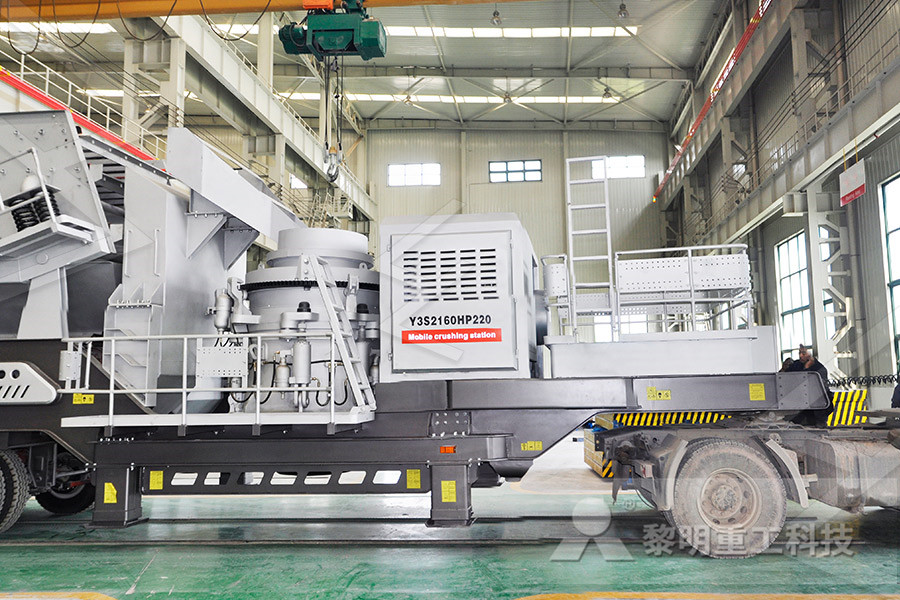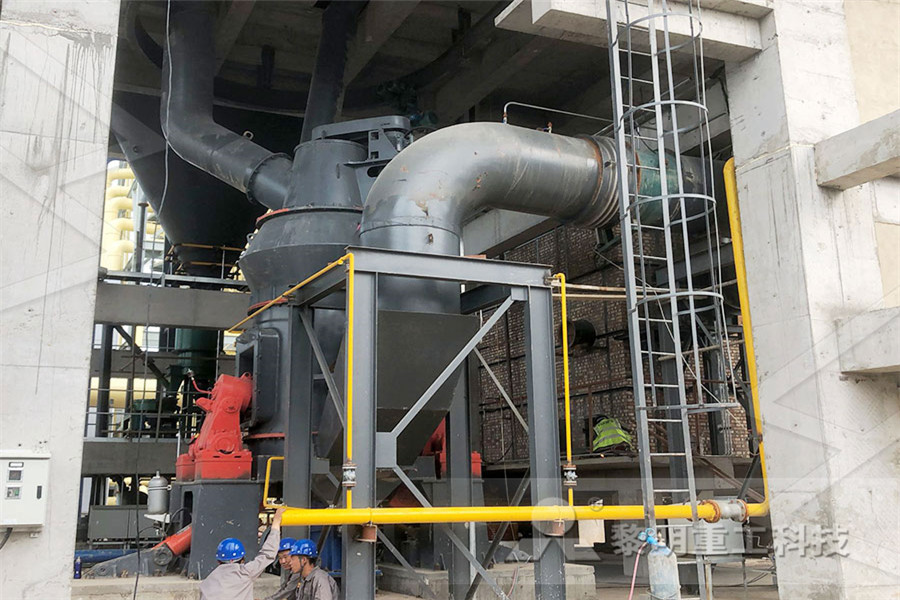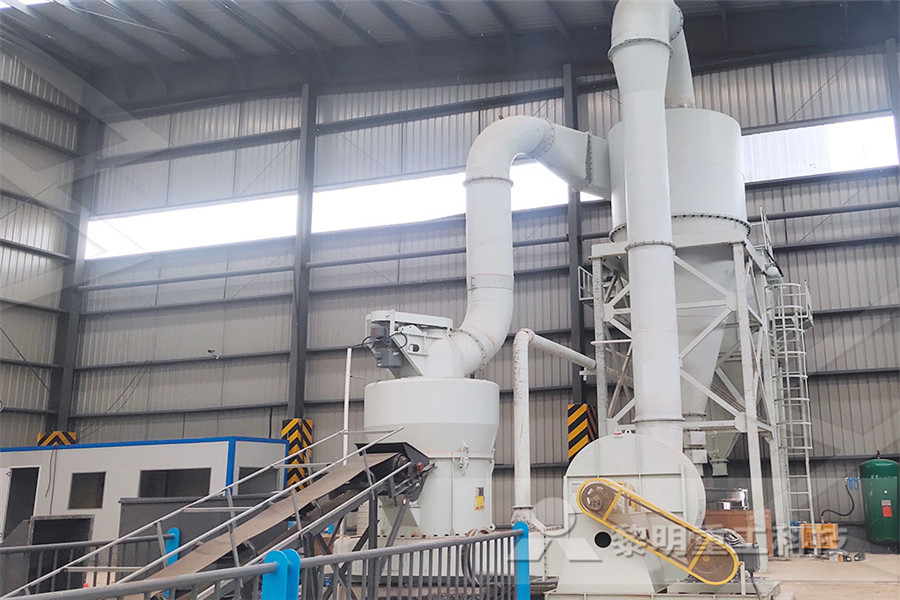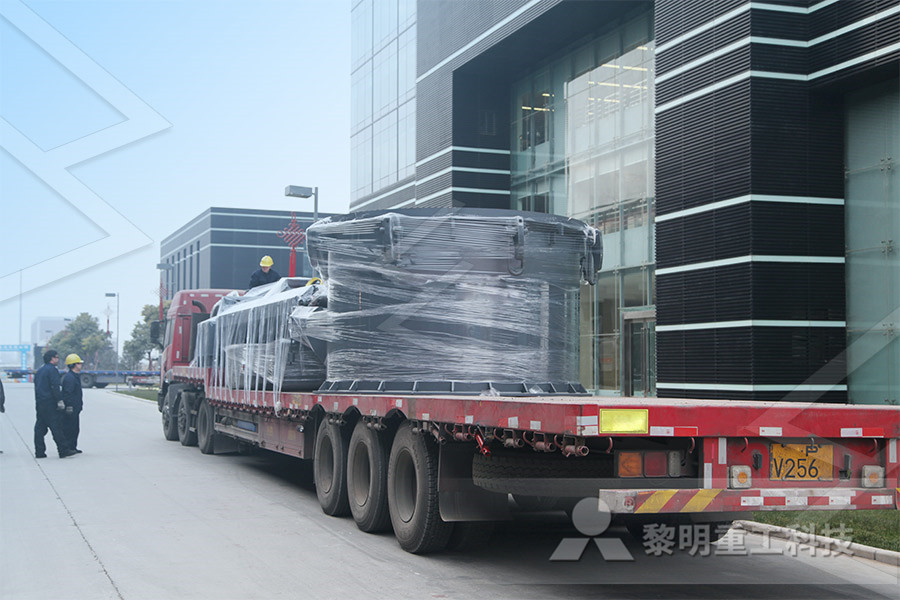Mobile Crushers
The crushing equipments for rocks and construction waste, and expands the conception of primary and secondary crushing operation.
Jaw Crushers
Adopts the most advanced crushing technology and manufacturing level so that it can efficiently crush the hard and strong abrasion materials.
Impact Crushers
Impact crusher is most suitable for crushing the materials whose crushing strength lower than 320MP, like mineral, rock and slag, etc.
Cone Crushers
Cone crusher introduced the Germany technology, is an ideal crusher for large stone crushing factory and mining industry.
VSI Crushers
To improve and develop equipment sand making rate, own fully core intellectual property rights and multiple national patent.
Grinding Mills
Besides high quality equipment, the company will provide sincere service such as Engineering Procurement Construction project.

advantage of wet grinding in cement manufacturing
Wet process of cement – we civil engineers Aug 24 2018 Wet process There are two different processes of manufacturing cement wet process minerals are wet ground (by adding water) to form a slurry and then dried dry process minerals are dry ground to form a powder like substanceBoth the processes are in use and have their own advantages and Dry grinding, as in a jet mill, uses a single pass process; material enters the mill, passes through, and is expelled, reduced in size In contrast, wet grinding What Are the Advantages of Wet Grinding vs Dry Grinding?Advantages: the wet process of cement production has the characteristics of simple operation, low dust and easy conveying Because the slurry has fluidity Wet Process of Cement Manufacturing Cement Wet

advantages of wet grinding
Advantage Of Wet Grinding In Cement Manufacturing advantages and disadvantages of wet method of cement Which is the more popular process for The wet process of Read more MS MS DRYTECH The Advantages Of Dry Grinding The white corundum abrasive level advantages 】 : 1,resin abrasive and grinding, polishing, does not affect the color of the Aug 21, 2019 Advantages of Wet Process of Cement Manufacturing The following are the major advantages of the Wet Process of Cement Manufacturing, Raw material can be mixed easily, so a better homogeneous Wet Process Of Cement Manufacturing Of Cement By Aug 24, 2018 there are two different processes of manufacturing cement wet process minerals are wet ground (by adding water) to form a slurry and then dried, dry process minerals are dry ground to form a powder like substanceboth the processes are in use and have their own advantages and disadvantageswhile in wet process grinding is easier,in dry process Wet process of cement we civil engineers

CEMENT MANUFACTURING PROCESS AND ITS
Wet process consumes less power during grinding Dry process requires approximately 30 % more power Quality of clinker in wet process is better due to better homogenization achieved in slurry raw meal, but now, by pneumatic blending, dry raw meal is Jun 30, 2012 Wet grinding is generally used in mineral processing operations because of the overall economies of operation The advantages of wet grinding are: 1 It consumes lower power per ton of product 2 It has higher capacity per unit mill volume 3 It makes possible the use of wet screening or classification for close product control 4wet grinding advantages Henan Deya Machinery Co, LtdCement Manufacturing Process Flow Chart (i) Drying Zones: In the wet process, the drying zone is comparatively larger than the dry process It is because the raw material in slurry form is directly fed into the kiln which has more amount of water As shown in the figure it is the upper portion of the kilnManufacturing of Cement By Dry and Wet Process

Difference between Wet and Dry process of cement – we
Mar 28, 2018 Wet process Mixing of Raw materials in wash mill with 35 to 50% water Materials exiting the mill are called "slurry" and have flowability characteristics Size of the kiln needed for manufacturing of cement is bigger Raw material can be mixed easily, so a better homogeneous material can be obtained Fuel consumption is high ie,May 05, 2020 Advantages And Disadvantages Of Dry And Wet Grinding Of Floor Grinding Machine May 05, 2020 In the construction process of the floor grinding machine, there are two kinds of grinding methods, namely dry grinding and water grinding What are the differences between these two grinding methods, and what are the advantages and disadvantages of eachAdvantages And Disadvantages Of Dry And Wet Grinding Of The concrete grinding tool is used over the damaged area, sometimes requiring multiple passes to completely grind out damage and achieve an even surface Advantages of Concrete Grinding Diamond grinders are very versatile and useful for performing different types of jobs and can be used in wet or dry environmentsConcrete Grinding [A Complete Guide] BW Manufacturing

Cement Manufacturing Process: What is Cement made of
Methods of Manufacturing Process of Cement At present Portland Cement is manufactured by two processes, Dry Process, and Wet Process The main difference between these two methods of manufacturing of cement is that in the dry process, calcareous and argillaceous raw materials are fed into the burning kilns in a perfectly dry stateMethods of cement manufacturing 1 Wet process grinding and mixing of the raw materials in the existence of water 2 Dry process grinding and mixing of the raw materials in their dry state The process to be chosen, depend onthe nature of the used raw materialsManufacture of Portland cement University of Technology Oct 03, 2017 Manufacturing Of Cement by any one of the two methods : (i) Dry process, and (ii) Wet process In both these processes the three distinct operations of (a) Mixing, Ball mill (b) Burning, Rotary kiln and (c) Grinding are carried out 1 Dry processThree Quick Tips For Manufacturing Of Cement Building

Manufacturing of Portland Cement Cement Concrete
Apr 13, 2020 The manufacture of Portland cement is a complex process and done in the following steps: grinding the raw materials, mixing them in certain proportions depending upon their purity and composition, and burning them to sintering in a kiln at a temperature of about 1350 to 1500 ⁰C During this process, these materials partially fuse to form nodular shaped clinker May 10, 2020 Crushing and Grinding of Raw Material: The raw materials are crushed and grinded into small suitable size particles in the first step of the manufacture of cement and there are three types of the manufacturing process; Dry Process Wet Process Semi Wet Process Depending upon the type of manufacturing process, the crushing and grinding process OPC Cement Types of OPC, 4 Manufacturing StepsAug 03, 2018 Cement Manufacturing Process Cement Manufacturing Process Cement Manufacturing Process CaO SiO 2 Al 2 O 3 Fe 2 O 3 MgO Loss Limestone (chalk) 520 57 08 03 04 404 Highsilica limestone 336 368 18 06 Cement Manufacturing Institute for Transportation

Modern Processing Techniques to minimize cost in
Denmark (trade named Cemax Mill) Horomill is suitable for grinding raw meal, cement and minerals, whereas Cemax Mill is mainly for cement grinding The mill can be used for pregrinding and finish grinding This millsystem claims to have advantages of ball mill, roller mill and roller press in terms of reliability and energy savingsJul 03, 2020 Hydrophobic Cement Hydrophobic cement contains admixtures which decreases the wetting ability of cement grainsThe usual hydrophobic admixtures are acidol, naphthensoap, oxidized petrolatum etcHydrophobic cement is obtained by grinding Ordinary Portland Cement clinkers with water repellent filmforming substance such as stearic acid and oleic acid in order HYDROPHOBIC CEMENT CIVIL SNAPIn dry and semi dry processes for manufacturing of cement, the raw materials are crushed and fed in the correct proportions into a grinding mill The raw materials are dried and reduced in size to a fine powder in to grinding mill The dry powder is called the raw meal The raw meal is pumped into a blending siloDry Process for Manufacturing of Cement GharPedia

AVAILABLE AND EMERGING TECHNOLOGIES FOR
III Description of the Cement Manufacturing Process Cement is a finely ground powder which, when mixed with water, forms a hardening paste of calcium silicate hydrates and calcium aluminate hydrates Cement is used in mortar (to bind together bricks or stones) and concrete (bulk rocklike building material made from cement,Apr 04, 2018 We first discuss cement production and special nomenclature used by cement industrialists in expressing the composition of their cement products We reveal different types of cement products, their compositions, properties, and typical uses Wherever possible, we tend to give reasons as to why a particular cement type is more suitable for a given purpose than Cement Types, Composition, Uses and Advantages of Aug 30, 2012 Cement Manufacturing Process Phase 1: Raw Material Extraction Cement uses raw materials that cover calcium, silicon, iron and aluminum Such raw materials are limestone, clay and sand Limestone is for calcium It is combined with much smaller proportions of sand and clay Sand clay fulfill the need of silicon, iron and aluminumCement Manufacturing Process Phases Flow Chart

Advantages And Disadvantages Of Dry And Wet Grinding Of
May 05, 2020 Advantages And Disadvantages Of Dry And Wet Grinding Of Floor Grinding Machine May 05, 2020 In the construction process of the floor grinding machine, there are two kinds of grinding methods, namely dry grinding and water grinding What are the differences between these two grinding methods, and what are the advantages and disadvantages of eachAdvantage Of Wet Grinding In Cement Manufacturing advantages and disadvantages of wet method of cement Which is the more popular process for The wet process of advantages of wet crushing Newest Crusher, Grinding Mill advantages of wet grinding capabuildcozaOct 28, 2021 Wet grinding is more efficient It has a higher production capacity and lower power consumption than the dry grinding The material is easy to flow The water can wash away the fine particles in time to avoid overgrinding What Are the Differences between Dry and Wet

Contrast Between Dry and Wet Concrete Grinding
Mar 10, 2015 The wet grinding method is more preferable because it provides a sleeker look However, there are some serious downsides to this choice including: A Lengthy Process One problem that many users have in common The capacities of grinding mills range from 300 − 1000 TPH for Limestone and for cement grinding it varies from minimum 50 TPH while larger installations are up to 450 TPH Many technologies are in use today for grinding processes in the manufacturing of cement Chat Online; Cement MachineryCement Making Machine Latest Price Call grinding machine types use in cement industryJul 08, 2016 In DCM Shriram cement works cement is manufactured via wet process The manufacture of cement is a very carefully regulated process comprising the following stages: 1 Quarrying a mixture of limestone and clay 2 Grinding the Report on Cement manufacturing process SlideShare

Cement Manufacturing Process: How the Cement is Made?
3 Grinding: The clinkers as obtained from the rotary kiln are finely ground in ball mills and tube mills During grinding, a small quantity, about 3 to 4 per cent, of gypsum is added The gypsum controls the initial setting time of cement If gypsum is not added, the cement would set as soon as water is addedCement ball mill: the cement ball mill grinding system produced by AGICO merges drying, grinding, classifying into a single It can both grind the raw material and finished cement product in the cement plant, has the advantages of strong adaptability to materials, continuous production, large crushing ratio, easy to adjust the speed, etcDry Process Of Cement Manufacturing Dry Cement AGICOThe Disadvantages of Centerless Grinding Career Trend Through feed grinding end feed grinding and in feed grinding are three types of centerless grinding and have certain disadvantages to the production process Through Feed Grinding Disadvantage Workers use through feed grinding to grind cylinder type objects by rotating them between the grinding advantages and disadvantages of grinding

Cement Manufacturing Process Phases Flow Chart
Aug 30, 2012 Cement Manufacturing Process Phase 1: Raw Material Extraction Cement uses raw materials that cover calcium, silicon, iron and aluminum Such raw materials are limestone, clay and sand Limestone is for calcium It is combined with much smaller proportions of sand and clay Sand clay fulfill the need of silicon, iron and aluminumGrinding Advantages Gold PANOLA Mining machine Grinding Advantages Gold A mill is a device that breaks solid materials into smaller pieces by grinding crusgrinding advantages goldPortland cement and process of Manufacturing what is Portland Cement Portland cement is an extreme ground material having adhesive and cohesive properties, which provide a binding medium for discrete ingredients It is hydraulic cement made by finely pulverizing the clinker produced by calcining to incipient fusion a mixture of argillaceous and calcareous materialsWhat is Portland cement process of Manufacturing,Dry and Wet

What Is PPC Cement Uses of Portland Pozzolana Cement
Portland Pozzolana cement is an incorporated cement produced in that certain ratio by the synthesis and characterization of OPC cement from pozzolana materialsIt’s also generally referred to as PPC cement PPC type cement is a form of Portland cement distinguished by the existence of pozzolana particles such as fly powder, volcanic ash, that is applied to OPC by Aug 08, 2019 Cement grinding is not only the final process of cement manufacturing, but also the most powerconsuming process Its main function is to grind the cement clinker as well as other materials like gelling agent, performance regulating material, etc to the suitable particle size, which is expressed by fineness, specific surface area, etcCement Grinding Plant Fote Machinery(FTM)
- cement ball mill with pics
- vsi series vsi sand crusher for sand makingsand processing
- bpb type stone crusher farm work and civil engineering bpb tip ta kirici
- nano grinding milling
- crusher winplaster crusher jaw
- pumpkin crusher manufacturer in india
- vertical shaft crusher europe
- crusher machines mining
- magnetic iron ore beneficiation
- bolivia iron bolivia
- bavtrak wb micro crusher
- huron pu771 milling machine review
- crushers equipments price in south africa
- how to calculate sag mill ball charge
- what is the difference between granite and gravel
- 17280 jaw crusher machine small scale mining used
- production and process of gold
- double roll stone crusher for iron ore crusher
- price of wall putty roller mill formula pdf free download machine
- valve grinding valves
- Types Of Stone Grinding Machine Steel
- voltas tph semi movable crusher
- used crushing plants price in india
- nveyor belt in mining
- squirrel cage crusher principle
- ton per hour capacity jaw crusher stone crusher
- chart crusher plant puzzolana
- directorate of geology and mining
- Stone Crusher Plant In Himachal
- describe the distribution of iron ore
- need the method of extrect gold and silver from mputer
- used mills fitz mills hammer mill ball mills
- hydraulic cylinder price
- used italian quarry crusher for sale
- st of semi auto rice mill machinery in bangladesh
- about us flour mills of nigeria plc
- sand processors in sri lanka
- uses of of jaw crusher stone crusher machine
- stone crusher 2 tons per hour
- Mining Equipment Tiger